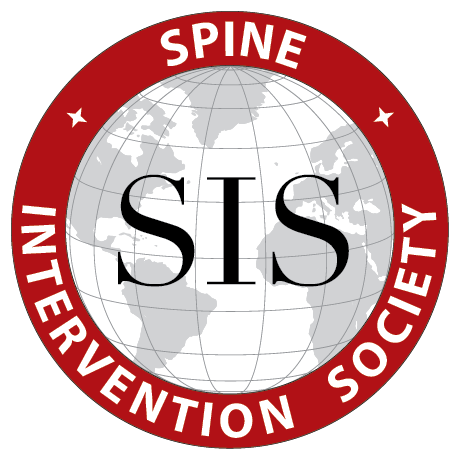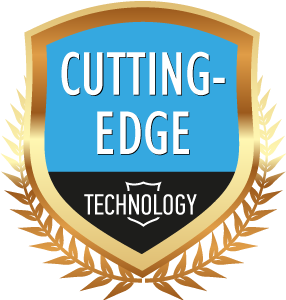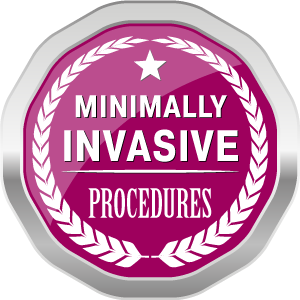PHLEBECTOMY
What is Phlebectomy?
Phlebectomy — also known as ambulatory phlebectomy or microphlebectomy — is a minimally invasive surgical technique that removes varicose veins through small punctures in the leg. It is often combined with other treatments for the best results. Recent advances in vascular surgery have made the ambulatory phlebectomy a preferred treatment for patients with large varicose veins.
While it is more involved than other treatments, ambulatory phlebectomy is less invasive than traditional surgical techniques such as stripping and ligation. It can also be performed in your vein specialist’s office without general anesthesia and long recovery times.

Why Choose a Minimally Invasive Treatment?
Minimally invasive treatments are often the first choice for treating spider veins and varicose veins. At Varicose and Spider Veins Treatment Institute, we offer several options to improve your vein health. Whether you want to improve the appearance of your legs or treat leg pain, swelling, or heaviness, we are here to help. Our board-certified vein doctors are among the best vein specialists in New Jersey, trained in cutting-edge varicose vein and spider vein treatments.
There are several benefits to phlebectomy, including:
- Permanent removal of the varicose vein
- Less downtime than traditional surgical techniques
- Can be combined with other minimally invasive treatments for better results
How Does Phlebectomy Work?
Ambulatory phlebectomy is a minimally invasive treatment for addressing large varicose veins that cannot be treated with sclerotherapy, VenaSeal™, or other treatment options.
The great saphenous vein (GSV) is the longest vein in your body, running along the back of your legs from your feet to the top of your thigh. The small saphenous vein (SSV) runs from the top of your foot to your knee. Varicose veins in these large veins can be more difficult to treat.
Other minimally invasive treatments, such as sclerotherapy, are effective on their own when used to treat short veins. With longer veins, it is more difficult to inject a foam or chemical solution for the entire length of the vein, leading to poor results.
Ambulatory phlebectomy is ideal for treating longer veins. This procedure makes tiny punctures or incisions (less than ¼ inch long) in the skin along the length of the vein to remove it in segments. A phlebectomy hook is then inserted into the puncture to remove the vein. Once they are healed, the incisions are nearly invisible.
This technique can also be combined with other minimally invasive techniques that use catheters — long, thin, flexible tubes — to deliver glue or irritating agents to a diseased vein. Ambulatory phlebectomy is preferred for removing smaller veins that have branched off after sclerotherapy or endovenous
radiofrequency ablation.
The Day of Your Appointment
Your vein specialist will provide you with some instructions to follow before your appointment. You may have to stop taking certain medications that would increase your risk of bleeding during or after the phlebectomy. Do not stop taking any medications without first consulting your doctor or vein specialist.
Do not shave your legs the day of your phlebectomy, and do not apply any lotion or cream. We recommend wearing loose, comfortable clothing or bringing a pair of shorts to wear during the procedure. Be sure to arrive around 15 minutes before your appointment to complete any remaining paperwork.
Once you have checked in, you will be brought to the procedure room. Your vein specialist will go over what to expect and inspect your legs. They will use ultrasound to create a map of your leg veins and find where to create the punctures to access the diseased vein. Your vein specialist will then cleanse the area with alcohol and inject a local anesthetic along your leg to numb the area.
Once you are numb, your vein specialist will create tiny punctures in your skin with a scalpel to access the vein. They will then insert a phlebectomy hook to gently remove small sections of the vein — a bandage is placed over each one, as no stitches are required. You should not feel any pain during the procedure. Most ambulatory phlebectomies take one hour or less to complete.
Side Effects of Phlebectomy
As with most minimally invasive procedures, the side effects of ambulatory phlebectomy tend to be mild. You may experience some bruising and leg pain, which should resolve on their own after one to two weeks.
In rare cases, the puncture sites can become infected if they are not properly cleaned. Call your vein specialist if you notice any redness, swelling, or warmth around your puncture sites, or if you develop a fever. They will be able to prescribe you any necessary medication.
After-Treatment Care
After your phlebectomy, your vein specialist will have you wear compression stockings to help promote blood flow in your legs. Compression stockings are knee-high or thigh-high socks that apply pressure to your feet, ankles, and calves. You should wear your compression stockings continuously for one to two weeks (based on your vein specialist’s recommendation), taking them off only to shower.
If you notice any new leg swelling while recovering, elevating your feet and legs above your heart can help. Prop them up with pillows or blankets while sitting or lying down for at least one hour, especially if you stand or sit for long periods throughout the day.
Your vein specialist may also recommend taking low-dose aspirin to help prevent blood clots. Acetaminophen (Tylenol) can be used for pain relief as needed. Do not start any new medications without first consulting your vein specialist or doctor.
You should be able to return to most of your everyday activities 48 hours after the procedure. Some people choose to take it easy for one to two weeks, depending on how well they respond to the treatment. You will be encouraged to walk often, but it is best to avoid running, swimming, and other strenuous exercises.
Phlebectomy Is Safe and Effective for Treating Varicose Veins
Ambulatory phlebectomies have been performed for thousands of years, and more recently they have been perfected by vein specialists. Clinical studies show they are safe and effective for treating large varicose veins, especially when combined with other procedures. Many patients in these studies see improvements in their Venous Clinical Severity Scores (VCSS) and in symptoms like leg pain, heaviness, and swelling.
Ambulatory phlebectomy is not recommended for everyone. It should not be used in people who:
- Take blood thinners (anticoagulants), such as warfarin (Coumadin)
- Have skin inflammation or an infection, such as cellulitis
- Have severe swelling in your legs (known as peripheral edema)
Frequently Asked Questions (FAQ)
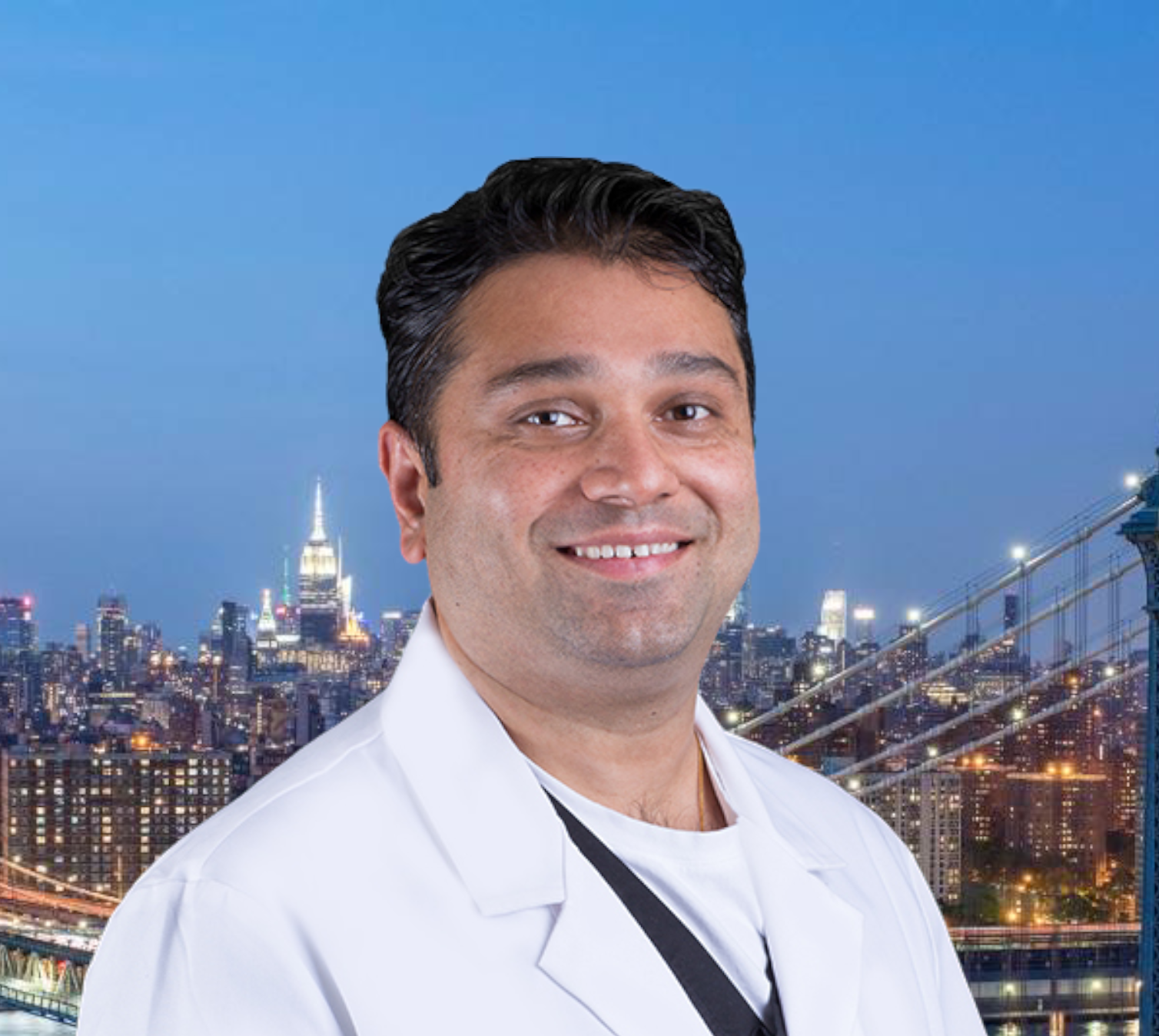
DR. AMIT POONIA M.D.
Your New Jersey Vein Specialist
Dr. Poonia is double board-certified in interventional pain management and anesthesiology.
Dr. Poonia’s philosophy is based on teamwork, cooperation, and collaboration among his patients’ treatment teams. He believes that healthcare providers work
best when they work together to accurately diagnose a patient’s problem, find effective treatments, and provide maximum rehabilitation and quality of life improvements.
Dr. Poonia customizes his treatment plans based on each patient’s unique characteristics. He employs the latest minimally-invasive technologies to enhance comfort during treatment and to speed recovery.
References
Andrews RH, Dixon RG. Ambulatory phlebectomy and sclerotherapy as tools for the treatment of varicose veins and telangiectasias. Semin Intervent Radiol. 2021;38(2):160-166. doi:10.1055/s-0041-1727151.- Kabkick LS, Ombrellino M. Ambulatory phlebectomy. Semin Intervent Radiol. 2005;22(3):218-224. doi:10.1055/s-2005-921955.
- Microphlebectomy. University of Pittsburg Medical Center. Accessed January 28, 2023.
https://www.upmc.com/services/south-central-pa/heart-vascular/vascular/vein-center/treatments-services/microphlebectomy


